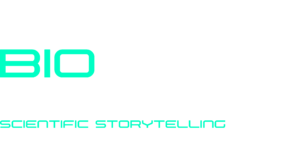Love them or hate them, emojis are ubiquitous.
Derived from a Japanese word, emoji literally means “picture” (e) + “character” (moji). Why have these cute pictographs become so popular?
The use of images to emote is embedded in our psyche. As the saying goes, “A picture says a thousand words.” Pictures evoke an immediate emotional reaction. They enhance lateral thinking and provide connectivity and context. Images can promote discussion and provide interest.
Furthermore, humans have a natural ability to remember pictures. Experiments have proven when individuals are shown up to 3,000 images for 3 seconds each, most will correctly identify at least 90% of the images when showed again. The central trick to enhance learning is to transfer things that are hard to remember, into things that are easy to remember, like pictures. Effective learning programs, therefore, incorporate meaningful visuals to help encode difficult concepts into images, or “chunks” of information, which are easy to comprehend and more likely to be retained in our long-term memory.
So think emoji! Enhance your training and presentations with relevant images, pictures, illustrations and diagrams wherever possible.
References:
- Vishton PM. Scientific secrets for a powerful memory. The Great Courses. USA 2012.
- Houts PS, Bachrach R, Witmer JT, Tringali CA, Bucher JA, Localio RA, Patient Educ Couns 1998;35:83-88.
About the author:
Celia Green (B Pharm; MBA) is director of Bioscript Pty Ltd, a medical communications company established in 2003 (www.bioscript.com.au). Celia has over 22 years’ experience in the pharmaceutical industry, including several years as a training manager for two large pharmaceutical companies. As a learning and development consultant, Celia has developed and delivered a vast number of effective learning programs.


